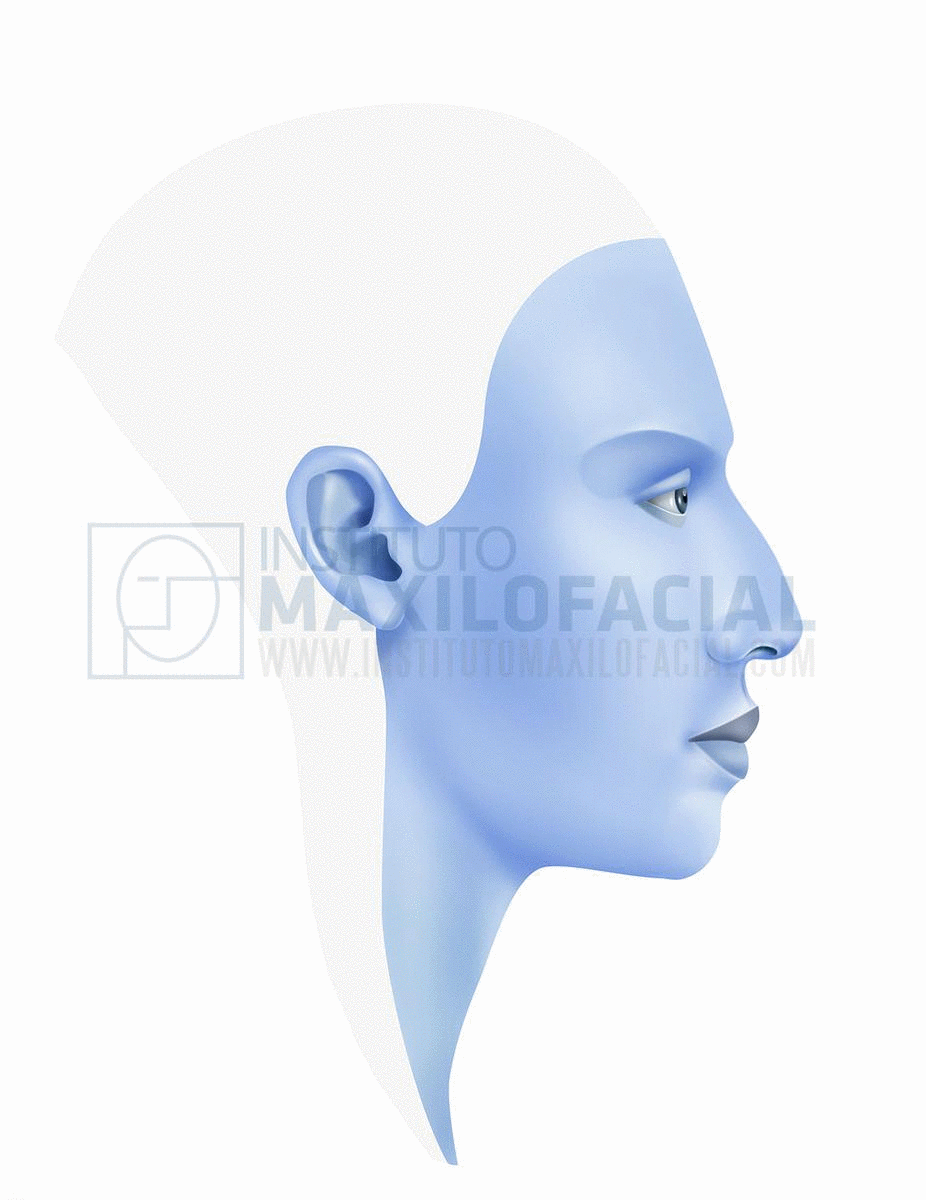Rhinoplasty (nose surgery)
The nose plays a major role in facial aesthetics. Often the size or shape of the nose can look out of balance with the other facial features and in this way negatively affect the overall harmony of the face.
Rhinoplasty, or nose surgery, is a minimally invasive surgical procedure aimed at correcting functional and aesthetic defects of the nose.
With rhinoplasty we can:
- Increase, reduce or change the shape of any part of the nose: there are many nose types that require nose surgery because of their shape or size, such as a bulbous or wide nose, a hook nose or a flat nose, among others.
- Correct traumatic defects.
- Resolve some respiratory problems.










